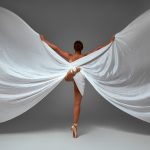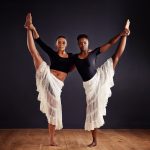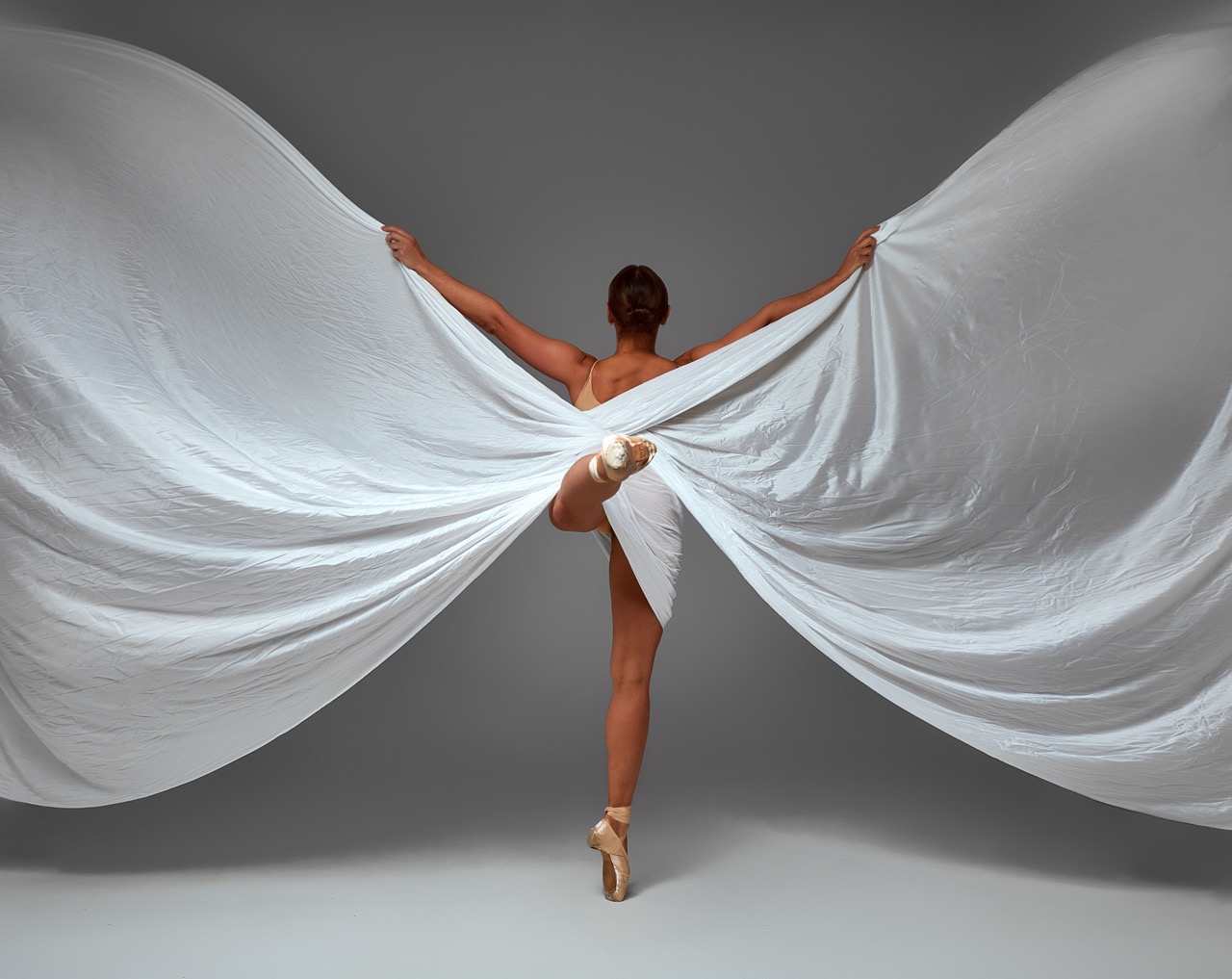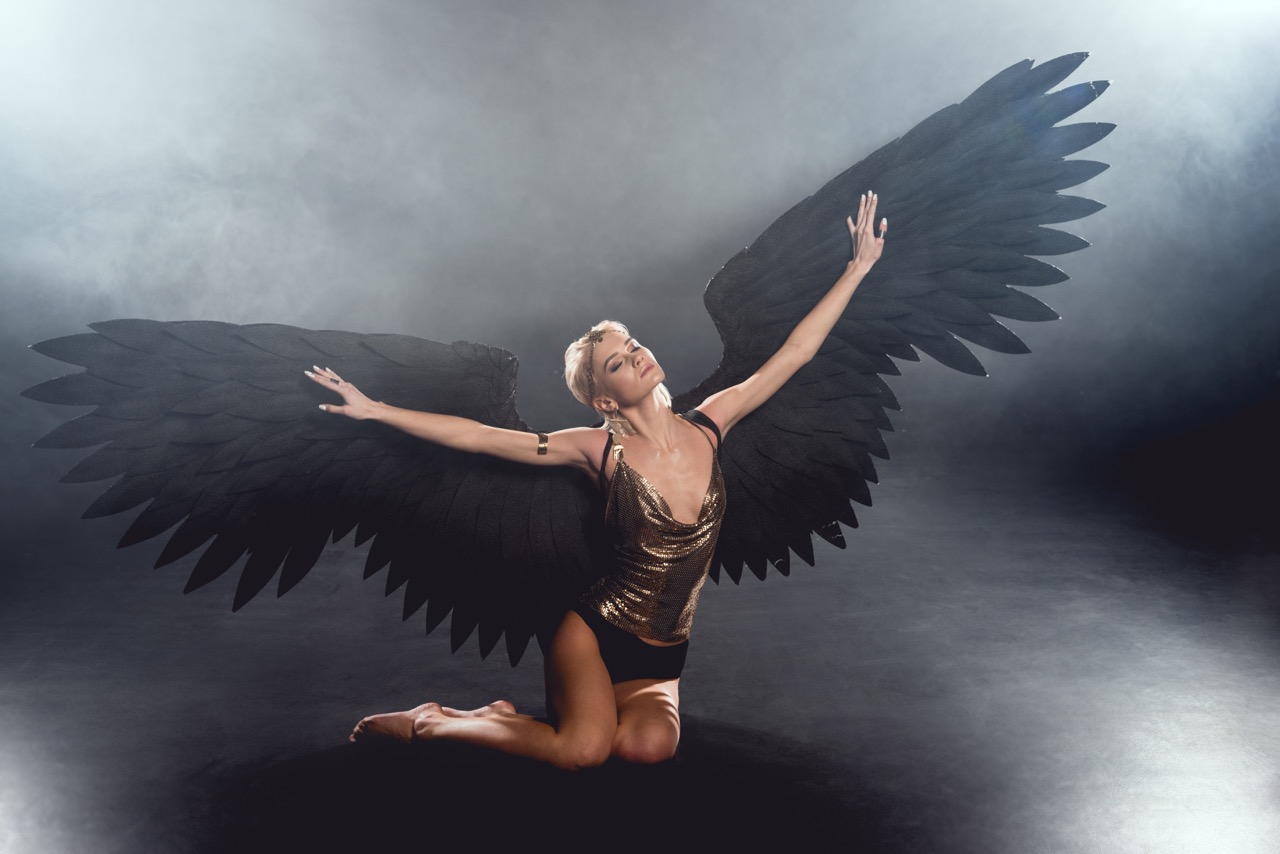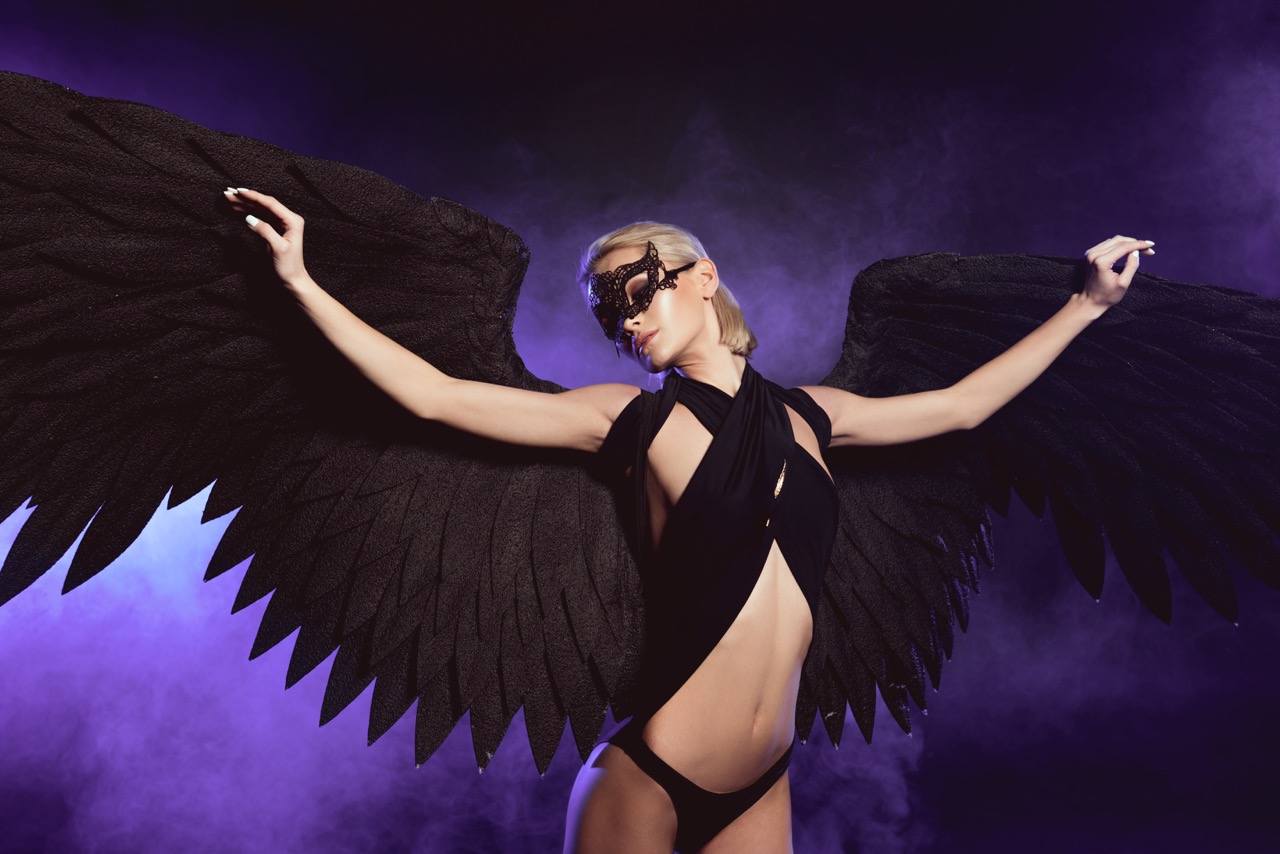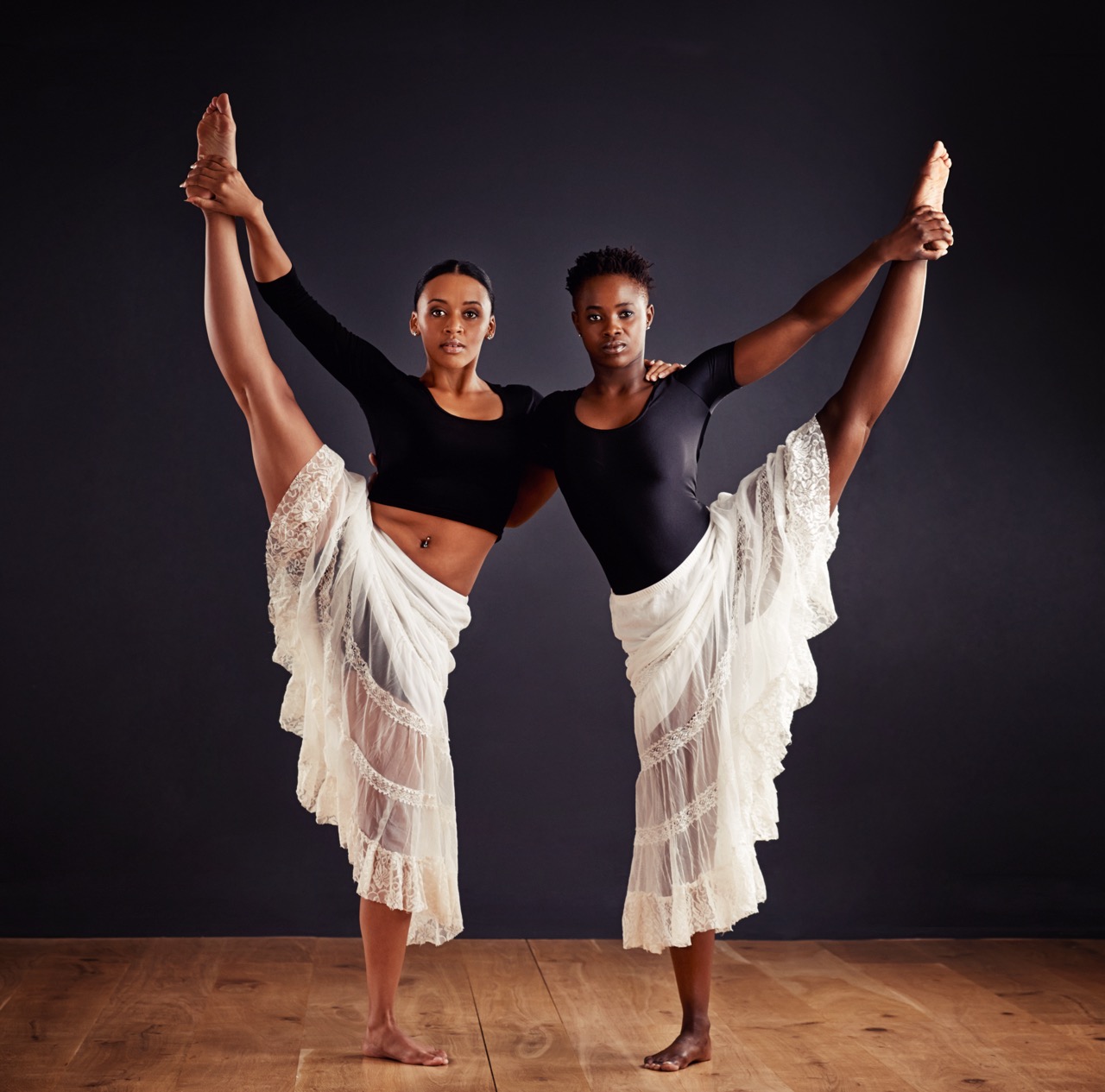Choreography is often described as the art of creating movement, but it transcends mere steps and sequences. At its core, exceptional choreography weaves together emotion, rhythm, and storytelling, crafting a vivid tapestry that resonates with audiences. Whether it’s a ballet performance, a contemporary dance piece, or a vibrant street dance routine, the elements that define great choreography are universal. This article explores the intricate craft of choreography, unraveling what makes a dance routine truly exceptional.
Unveiling the Craft: What Defines Exceptional Choreography?
Exceptional choreography begins with an understanding of movement’s possibilities and limitations. Choreographers must possess a keen ability to visualize how bodies interact with space, music, and one another. They often draw inspiration from various sources—be it nature, culture, or personal experiences—infusing their routines with originality. A hallmark of great choreography is its capacity to push boundaries, inviting dancers to explore innovative movements while maintaining a connection to their bodies and the story being told.
Moreover, a successful choreographer must be adept at selecting the right dancers for their vision. Each dancer brings their unique strengths and styles, and exceptional choreography recognizes and utilizes these qualities. This synergy between choreographer and dancer creates a harmonious collaboration where both parties contribute to the overall aesthetic. The result is a performance that feels cohesive and vibrant, allowing the audience to experience the full essence of the dance.
Finally, the technical components of dance—timing, precision, and formation—play a significant role in defining exceptional choreography. A great choreographer meticulously considers how movements fit together to create a seamless flow, often employing techniques such as transitions, levels, and formations. The interplay of these elements contributes to a visually stunning routine that captivates the audience, demonstrating that exceptional choreography is more than just a series of steps; it is a carefully crafted art form.
The Dance Palette: Blending Emotion with Movement Dynamics
At the heart of impactful choreography lies the ability to convey emotion through movement. Dance is a visceral art form, capable of articulating feelings that words often cannot express. Exceptional choreographers harness this potential, using dynamics—such as speed, force, and energy—to evoke specific emotions in their audience. By varying the intensity of movements, they create contrasts that heighten emotional responses, allowing viewers to connect deeply with the performance.
Additionally, the choice of music is crucial in establishing the emotional tone of a dance routine. A choreographer’s keen ear for rhythm and melody helps them select soundscapes that complement and enhance the movements. Whether it’s a hauntingly beautiful score or an upbeat pop track, the right music can amplify the emotional weight of a performance. The choreography must align with the music’s beats and nuances, creating a dialogue between sound and movement that resonates on multiple levels.
Moreover, the relationship between dancers plays a pivotal role in expressing emotion. Choreographers often explore themes of connection, conflict, and vulnerability, using partnering techniques that reflect these dynamics. Whether through synchronized movements or contrasting actions, the interplay of dancers can evoke a powerful narrative that captures the audience’s imagination. In this way, the dance palette becomes a rich tapestry of emotion, inviting viewers to experience the full spectrum of human expression.
Rhythm and Flow: The Heartbeat of a Captivating Routine
Rhythm is the lifeblood of any dance performance, providing both structure and energy to a routine. Exceptional choreography recognizes the importance of timing, ensuring that movements align seamlessly with musical beats. The ability to manipulate rhythms—whether through syncopation, accents, or pauses—can create a dynamic experience that keeps the audience engaged. Choreographers often experiment with contrasting rhythms, layering different tempos to build excitement or create tension, enhancing the overall impact of the performance.
Flow is another vital aspect of choreography that contributes to its captivating nature. A great dance routine flows smoothly from one movement to the next, creating a sense of continuity that enthralls viewers. Choreographers achieve this by thoughtfully designing transitions that connect distinct phrases or sections within the piece. The integration of various movement styles, from fluid to sharp, can also enhance the flow, allowing for an engaging juxtaposition that surprises and delights the audience.
Furthermore, the spatial awareness within a dance performance plays a significant role in how rhythm and flow are perceived. Great choreography often incorporates levels, formations, and pathways that create visually appealing patterns on stage. By manipulating space, choreographers can guide the audience’s gaze, drawing attention to specific moments or highlighting the relationship between dancers. This thoughtful consideration of spatial dynamics not only enriches the performance but also reinforces the underlying rhythm, ensuring that the heartbeat of the dance resonates with every viewer.
Beyond Steps: The Power of Storytelling in Dance Performance
Dance is a potent medium for storytelling, allowing choreographers to weave narratives that engage audiences on an emotional level. Exceptional choreography transcends mere technicality, inviting viewers on a journey that evokes curiosity and empathy. The ability to convey a story through movement requires a deep understanding of character development, narrative arcs, and thematic exploration. Choreographers often start with a concept or inspiration, translating it into movement phrases that embody the essence of the narrative.
Moreover, storytelling in dance is enhanced by the use of space and staging. Exceptional choreographers consider how the physical environment influences the narrative, employing set design, lighting, and costumes to amplify the story’s emotional depth. Each element serves a purpose, providing context and enhancing the audience’s immersion in the performance. The visual and emotional layers created through these choices can transform a dance piece into a compelling story that resonates long after the final bow.
Finally, the connection between dancers is essential to effective storytelling. The relationships depicted through movement can convey complex emotions and themes, from love and loss to triumph and despair. Choreographers often create moments of interaction—whether through eye contact, mirroring, or contrasting movements—that deepen the narrative impact. By fostering a strong sense of connection among dancers, a choreographer can elevate the performance, allowing the audience to engage not just with the movement, but with the rich story unfolding before them.
The art of choreography is a multifaceted discipline that combines technical skill, emotional depth, and narrative ingenuity. A great dance routine is not merely a collection of movements; it is a transformative experience that resonates with audiences on various levels. As choreographers continue to innovate and push boundaries, the world of dance will undoubtedly evolve, captivating future generations with the power of movement, rhythm, and storytelling. In this way, exceptional choreography will remain a vital art form, weaving together the threads of human experience with every performance.

